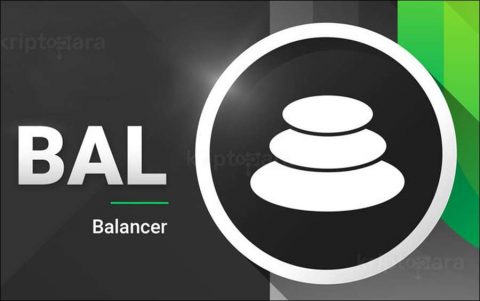Balancer, a software running on the Ethereum blockchain, was developed in 2018 after being created by Fernando Martinelli and Mike McDonald. Balancer, an automatic portfolio manager, liquidity provider and price sensor, is based on an N-dimensional invariant surface, which is a generalization of the fixed product formula defined by Vitalik Buterin and proven suitable by the popular Uniswap dapp. After launching its Bronze version in 2020, it has become one of the top 15 DEX platforms on Ethereum in terms of trading volume.
DEX, which stands for “Decentralized Exchange”, refers to decentralized exchanges. It ensures that cryptocurrency transactions take place securely between parties. In decentralized exchanges, there is no third party such as a bank, government or financial institution that ensures the security and supervision of money transfers. Instead, blockchain or distributed ledger technology (DLT) is used.
Balancer, a decentralized finance (DeFi) protocol, enables trading without a financial intermediary such as an exchange, using a combination of crypto assets to provide services. Balancer, whose token is called “BAL”, is also a liquidity pool protocol. Balancer can be thought of as a type of index fund where users create funds based on the cryptocurrencies in their portfolios.
These funds are known as Balancer pools, and any user who wants to provide liquidity to a pool can do so by simply depositing an asset. Users who provide liquidity to a Balancer pool then earn a portion of the trading fee paid to the network for the use of their funds and are rewarded with BAL.
<4>Advantage of Balancer?
Balancer is a DeFi protocol designed to provide an open, accessible alternative to centralized exchanges for trading Ethereum and ERC-20 assets. Balancer allows its users to generate income from their idle Ethereum-based assets. Users can invest their entire portfolios in Balancer’s self-rebalancing LPs and earn income as other users trade against their portfolios.
A user can provide liquidity by creating an LP or adding assets to existing pools. With Balancer, anyone can create their own self-balancing index fund or invest in someone else’s. There are three types of pools in Balancer’s system:
How is Balancer Mining Done?
According to the Balancer protocol, which allows liquidity mining, BAL tokens are given as a reward for providing liquidity to the system. While there are currently approximately 11 million BAL tokens in circulation, a total of 100,000,000 will be supplied.
Visits: 114



